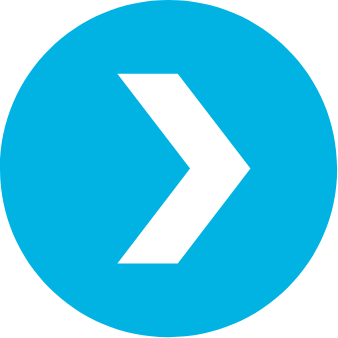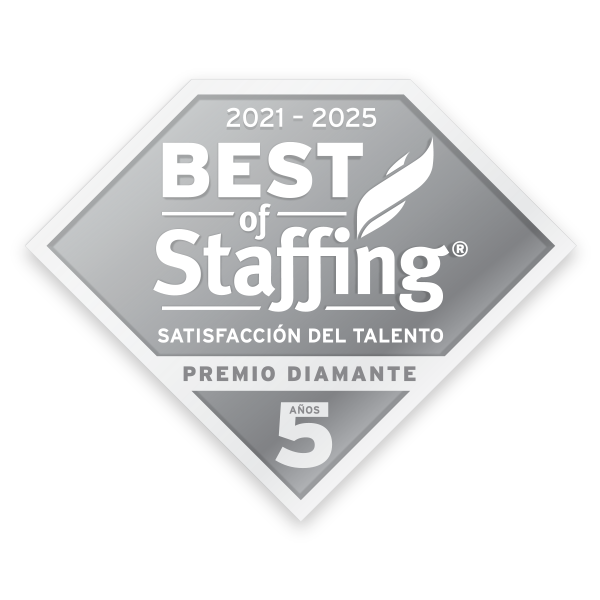UX Career Resources
We don’t just hire UX talent; we empower them.

User Experience Careers
User Experience (UX) is a rapidly growing field that focuses on enhancing the overall experience of users when interacting with products, systems, or services. As UX professional, you will play a crucial role in understanding user needs, behaviors, and motivations, and translating that knowledge into intuitive and engaging designs.
UX professionals employ a variety of research and design methodologies to ensure that the end-user’s journey is smooth, enjoyable, and efficient. From conducting user interviews and usability testing to creating wireframes and prototypes, UX pros create user-centered solutions that balance functionality, aesthetics, and usability.
With the increasing demand for seamless digital experiences across platforms and devices, a career in UX offers exciting opportunities to shape the future of technology and make a tangible impact on user satisfaction.

UX Jobs
[display_jobs format="carousel" sortby="1" job-professions="1"]Top 20 Markets for UX Jobs
The demand for user experience (UX) professionals has been increasing across various cities in the United States. While the specific rankings may vary depending on different factors, these are 20 markets known for having strong UX job opportunities:
1. San Francisco, California
2. Seattle, Washington
3. New York City, New York
4. Austin, Texas
5. Boston, Massachusetts
6. Chicago, Illinois
7. Los Angeles, California
8. Washington, D.C.
9. Denver, Colorado
10. Atlanta, Georgia
11. Minneapolis, Minnesota
12. Portland, Oregon
13. San Diego, California
14. Dallas, Texas
15. Philadelphia, Pennsylvania
16. Raleigh, North Carolina
17. Houston, Texas
18. Miami, Florida
19. Phoenix, Arizona
20. Detroit, Michigan
Skillsets for User Experience Professionals
These are a list of skillsets and abilities employers look for in UX professionals.
User Research
Conducting qualitative and quantitative research to understand user needs and behaviors.
Information Architecture
Organizing and structuring content in a logical and intuitive way.
Interaction Design
Creating intuitive and engaging user interactions and micro-interactions.
Usability Testing
Conducting tests to evaluate the usability and effectiveness of designs.
Wireframing and Prototyping
Creating low-fidelity and high-fidelity prototypes to visualize design concepts.
User-Centered Design (UCD)
Applying UCD principles to ensure designs meet user needs and goals.
Visual Design
Developing aesthetically pleasing and visually compelling designs.
UX Writing
Crafting clear and concise content that guides users through interfaces.
Accessibility
Incorporating accessibility standards to make designs inclusive for all users.
Design Thinking
Employing a human-centered approach to problem-solving and innovation.
Collaboration and Communication
Effectively working with cross-functional teams and stakeholders.
Data Analysis
Analyzing user data and deriving insights to inform design decisions.
Persona Development
Creating user personas to represent target audience segments.
Responsive Design
Designing interfaces that adapt seamlessly across different devices and screen sizes.
A/B Testing
Conducting experiments to compare and optimize design variations.
Mobile App Design
Designing intuitive and engaging user experiences for mobile applications.
Agile Methodology
Applying agile principles to work collaboratively and iterate quickly.
Emotional Design
Incorporating elements that evoke emotional responses and enhance user satisfaction.
Cognitive Psychology
Understanding how users perceive, process, and interact with digital interfaces.
Trend Awareness
Staying updated with the latest UX design trends and industry best practices.
Your Search Ends Here
View exclusive job opportunities at the nation’s leading companies.










